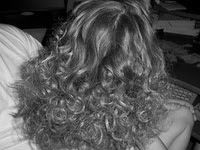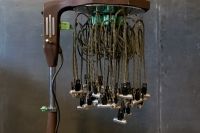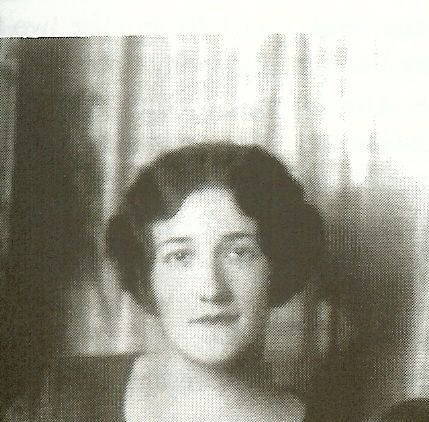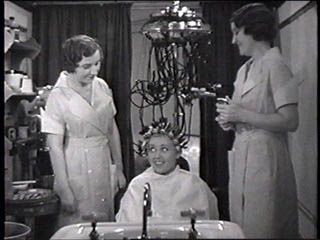 I get kind of tired of reading my own words – it’s kind of like having to hear yourself talk all of the time. Of course my hubby would argue that this isn’t a problem for me! I am never short on words. However, I do enjoy sharing other’s ideas and thoughts and my dear Aunt Lois – my dad’s sister – provided me with the opportunity. I am going to give her a platform all her own at The Oklahoma Pastry Cloth™ Blog to teach the young’un’s and to remind us oldun’s about life in general. I’ll add a few pictures for fun. My aunt lives in Georgia and is a happy, talented and fun-loving woman of great faith and great humor. At 86, she writes for several sources and it will be a joy to share some of her memories, thoughts on life and brilliant observations on a regular basis here. Sit at her feet and learn!  The question surfaced as I was preparing a program to give to a group of women. The topic was all that women do or not do to attain happiness and yes, it was a “tongue in cheek” response to what we do. One of the topics had to do with how woman struggles with her hair and how important hair is to her happiness. I used my life as an example and told of my first hair permanent and all that I have gone through to have curly hair. Straight hair is in fashion now but that was not the case in my life. So, I went to Google to find out about the permanent machine that we used to get a long lasting wave and I was surprised with the answer. The article begins with the fact that Caucasian women have never been content with straight hair and have gone to many lengths to get the curl. I remember mother telling how she and her sisters slept in “rags.” My understanding was they wrapped sections of their hair around strips of cloth and wearing this overnight gave a curl to their hair.   Did you know that the first permanent machine surfaced in 1872? I couldn’t believe how dangerous it sounded and wondered about the bravery or desperateness of the woman who tried it. Several machines were developed after that but it was in 1906 that a machine was developed that used rollers, solution and heat. The inventor tried it on his wife and it burned off her hair and gave painful scalp burns. The article didn’t say if the marriage survived the ordeal.  Long hair was a woman’s crowning glory and it wasn’t until the beginning of the 20th century that woman began cutting her hair. This began with woman doing man’s work during WW1 and long hair got in the way of her work. Short hair became a fashion statement in the 1920s and the wave that women got with the cut came with a “curling iron.” The wave style was called a “marcel” named after the man who invented the method. I remember mother telling the story of when she had her first cut and wave. Mother’s hair was long enough for her to sit on and it was my dad’s pride and joy. All of the women in his family had long hair but none was as pretty as my mother’s hair. Mother’s younger sister, Susie, was the first to get her hair cut short and Dad’s mother told my mother that Aunt Susie would go to hell. Mother envied her sister’s sense of freedom with her short hair and decided to do likewise. She waited until Dad had to go out of town, took ,my piggy bank money and her grocery money and got her hair cut and “marcelled.” I never heard what anyone said about it, including Dad and his mother. Mother just smiled and shook her head, “no” when I would ask about it. As far as I know this was the most defiant act my mother ever did. Which says a lot about the relationship of woman and her hair.  The rest of the story: It wasn’t too many years later that Dad’s sisters followed mother with short hair and waves. It was about ten years later that my paternal grandmother had her hair cut and waved. However, she HAD to do it – Her explanation to everyone that the weight of her long hair gave her headaches and the doctor ordered her to cut her hair. I loved my grandmother but even I wondered about that. I do remember my first permanent. I was fourteen and I’m sure my dad wasn’t too pleased about it. I had short brown hair with bangs and I was so ready for wavy hair like movie stars had. The machine used for permanents in the 1930s looked like something from outer space. It was round and had electrical cords hanging down with clamps at the end. A horrible smelling solution was applied to each section of your hair and the hair was then placed around rollers. The hanging clamps were then attached to each roller and electricity was then turned on and, for what seemed forever, your hair received heat to cook your hair. And yes, it came out curly and every woman and young girl looked like an overgrown Shirley Temple. It took forever for the smell to leave your hair. The “cold wave” method that we use today came into our life in 1938 and I’m not sure when it replaced the heat method. A lot of men worked on developing a way for women to have curly hair. They would be surprised at today’s hair fashion. Straight hair is “in” and it causes women to use a machine to press their curly hair straight. And so it goes with life.  Thanks, Aunt Lois, for reminding us just how far we women have come! Or have we?! |

 Homestead Revival
Homestead Revival Paratus Familia
Paratus Familia Rural Revolution
Rural Revolution